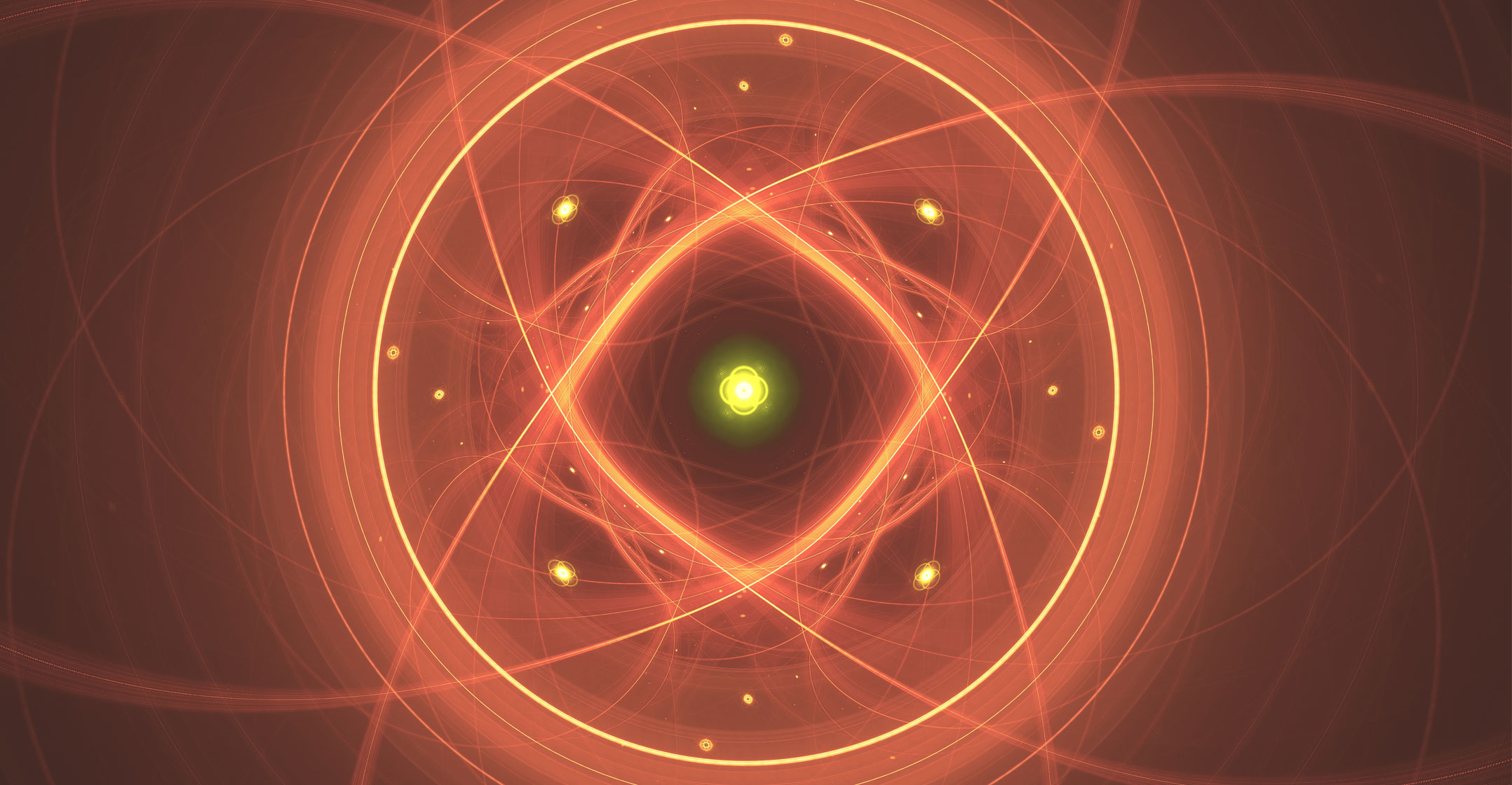 The sun’s energy comes from tiny particles smashing into each other, fusing, and releasing heat in the process. Physicists tried to control that same power in labs since the dawn of the nuclear age. It’s called fusion, and it’s been the next big thing in energy for the better part of a century.
The sun’s energy comes from tiny particles smashing into each other, fusing, and releasing heat in the process. Physicists tried to control that same power in labs since the dawn of the nuclear age. It’s called fusion, and it’s been the next big thing in energy for the better part of a century.
Long the domain of government research and international collaborations, private-sector fusion companies in North America and Europe attracted US$300-million in investment in 2020, about 20% of their historical total, according to the research group BloombergNEF. This year’s total may beat last year and 2019.
There are a couple dozen contenders, with several stand-outs. Over its 23 years in existence, TAE Technologies, based in Orange County, California, has raised $880-million, at least 15% of it this year. First Light Fusion, which grew out of the University of Oxford, raised at least $25-million last year for reactor development. The promise of these start-ups has drawn attention and resources from high-profile investors looking for carbon-free power. Backed by Jeff Bezos, General Fusion is expecting to build a test facility in the UK that switches on by 2025; a commercial plant should follow well within a decade. Energy companies including ENI, Equinor, Cenovus and Chevron have invested in fusion, according to BloombergNEF.
Interest is so high that an organisation not known for agreeing on much of anything — the US federal government — included $4.7-billion in authorised spending for nuclear fusion and related science in a bill passed in December 2020. The total includes $1.5-billion for ITER, which is a $25-billion fusion reactor going up in southern France that 35 nations are working on. The National Academy of Sciences in February published a report recommending that “the department of energy and the private sector should produce net electricity in a fusion pilot plant in the US in the 2035-2040 timeframe.”
Excitement
Scientists have yet to start a fusion reaction that sustainably produces more energy than it uses. But excitement has grown as government and private plans move incrementally closer to the breakeven or “net-energy gain” threshold.
Progress has come from several innovations, according to Arthur Turrell, author of The Star Builders, a popular-science book about fusion power that published this month. Some advances are technological, such as using lasers to confine reactions. Another is advanced computing, which has let engineers design machines to a precision previously unthinkable. One beneficiary of such innovation took another step toward reality this month when German scientists made progress on a device called the Wendelstein 7-X.
A third is all the private sector attention. If one of the start-ups reliably reaches “ignition” — the holy grail of producing more energy than the reaction uses — it can turn to building plants safely. “That’s the first step” towards commercialisation, Turrell said. “It’s like the Wright brothers’ plane first taking flight: You wouldn’t have wanted to get on that flight but it demonstrates the proof of principle.”

The practical headaches are great, even if they’re not quite as tricky as building a tiny sun on Earth. There are materials that must withstand stellar heat for decades without failing. A key nuclear fuel, tritium, needs to be manufactured before an industry can take off. Regulators will regulate, and everyone will fight and sue about it. And there’s how to safely capture the heat to do something, ultimately, simple — boil water, to make steam, to spin a turbine, to generate electricity.
For a decade or more, the traditional nuclear industry, which splits rather than fuses atoms, has worked up next-generation reactor designs that were widely heralded as the future but have withered with the industry in the US. That delay could allow a successful fusion technology — several types of which are in play — to make a better offer than nuclear fission, without the headaches of irradiated fuel and risks of contaminated leaks, Turrell said.
“There’s no meltdown” with fusion, said Chris Gadomski, head of nuclear-power research for BloombergNEF. “There’s no spent nuclear fuel to deal with.”
There’s also no time to waste. They didn’t come out and say it loudly, but last week’s United Nations climate report reiterates scientists’ previous understanding that the world should reach a net level of zero emissions by 2050, and halfway there by 2030. In other words, if nuclear fusion really did arrive 50 years early, we’d still be running late. — Reported by Eric Roston, (c) 2021 Bloomberg LP




